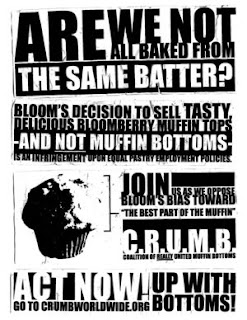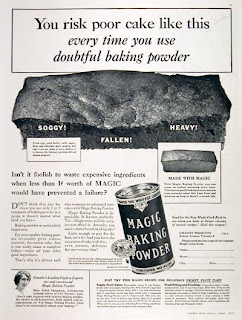
Dear Tricia, Eggs. I need to know everything about eggs. How do I never get that white ewwwww on the bottom of my pan? How do I flip an egg? Enlighten me.
Eggs happen to be my favorite food of all time. You can make them a million ways, they're cheap, and easy to cook. I once accidentally went vegetarian, basically because I was on a really tight budget, and eggs made it totally do-able.
OK, so the reason why you're getting the white "ewwww" on the bottom of your pan is because eggs are made of 2 parts: the fatty part (yolk) and the protein part (the white.) When I say fatty, I mean good fat: egg yolks are full of lecithin and other good fats that keep your healthy cholestorol doing its job well, and it makes your skin and hair nice. The white is a completely digestible protein that, at only about 15 calories a pop, is a dieter's perfect food. However, unless there's butter or oil in the pan, the protein part will stick to the pan and make a mess, just like if you tried cooking chicken in a pan without butter or oil. So first and foremost, use butter, oil, or nonstick spray. I'm a fan of non-stick pans for cooking eggs because they're easier to clean, but you should still use some oil to keep the whites from making the layer of ewwww on the bottom. Also, if your nonstick pan is scratched or chipped, your eggs will stick. Get a new pan, and hand wash it with a non-metallic scrubby to keep it clean and scratch free.
Second, make sure your pan is nice and hot before you put the oil/butter/nonstick spray in the pan. I have no scientific reason for this; I do, however, have a 10 year career in kitchens, and the rule is, was, and always will be: Let your pan get hot and then put your oil in. I have many a mean chefs who would surely come hunt me down and cut off my hands if I told you any different. Seriously.
So, we have a hot, nonstick pan, and then we're putting our oil (or butter, or nonstick spray, blah blah blah... you get the point) in the pan. Let the oil get hot, and then add your beat-up eggs. Make sure you beat it well before they hit the pan. Beat it. Beat it. No one wants to be defeated.... It's ok to take a Michael Jackson dance break during this part. I do it all the time.
The best tool for cooking eggs and getting them to not stick is a rubber spatula. That's the flexible kind that you usually use for baking when you scrape down the sides of the bowl. Seriously, get a rubber spatula if you don't have one. They're awesome. So when you're cooking your eggs in the hot pan that you added oil to after it got hot, just use the spatula to gently move the eggs around on to keep them from sticking. You don't need to angrily stir the eggs until they're all broken up and the size of peas. Just move them around enough to keep the bottom from getting covered in egg ewwww.
For flipping eggs, start out again, with a hot pan, and then add the oil. When the oil is hot, add the eggs. Let the eggs sit there and cook. Don't try to move them around until the whites start to become a solid colored white and not all snot-like. Really, just let the eggs cook without disturbing them. Once they're white, gently use your trusty rubber spatula to work your way under the eggs to loosen them from the pan. The more the egg cooks, the easier it will be, so if you're just breaking the egg up and making a mess, that means you need to let it cook a little longer. Once the egg is completely loosened up from the pan and slides around on its own, use a regular spatula (like the kind you use for flipping pancakes) and scoop up the eggs to flip them over. If you're a risk-taker (or a masochist, or if you just like to clean), you can certainly use a little wrist-flipping action and no spatula to flip the eggs in the air like a professional, but if its your first try, have another couple of eggs ready to cook after you completely miss and the eggs land on the floor. Ewww not included, of course.








